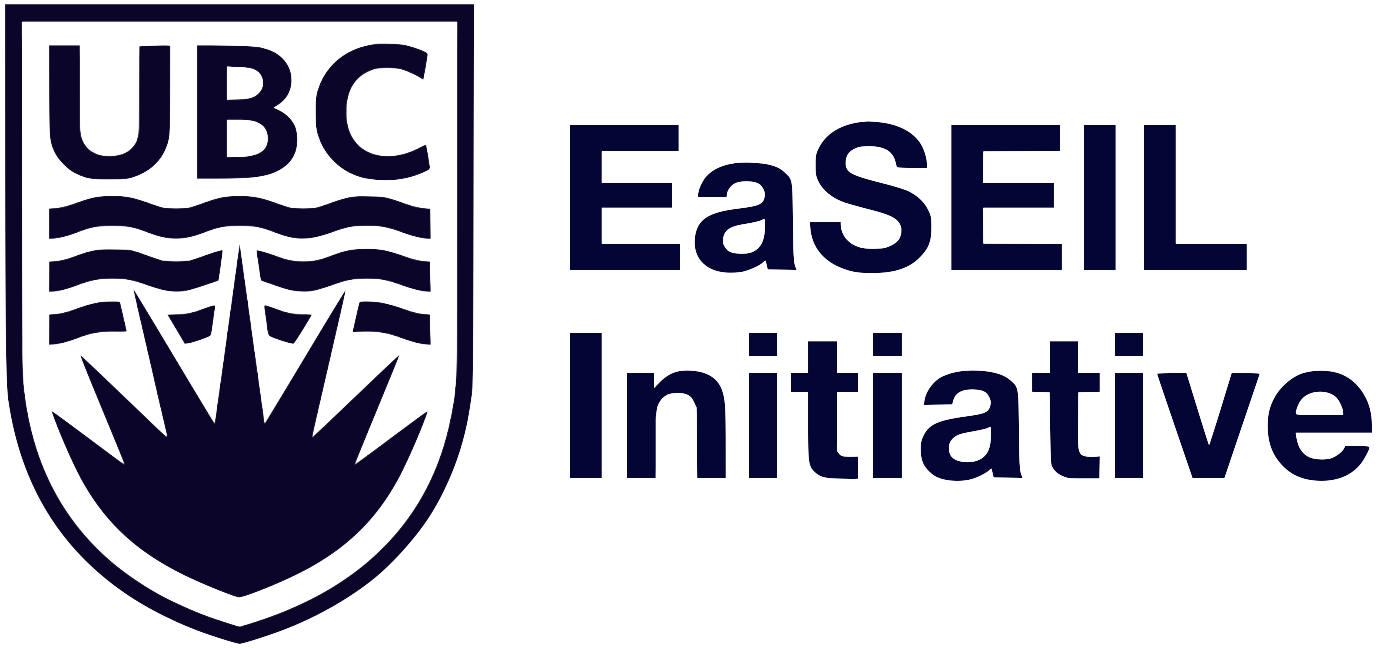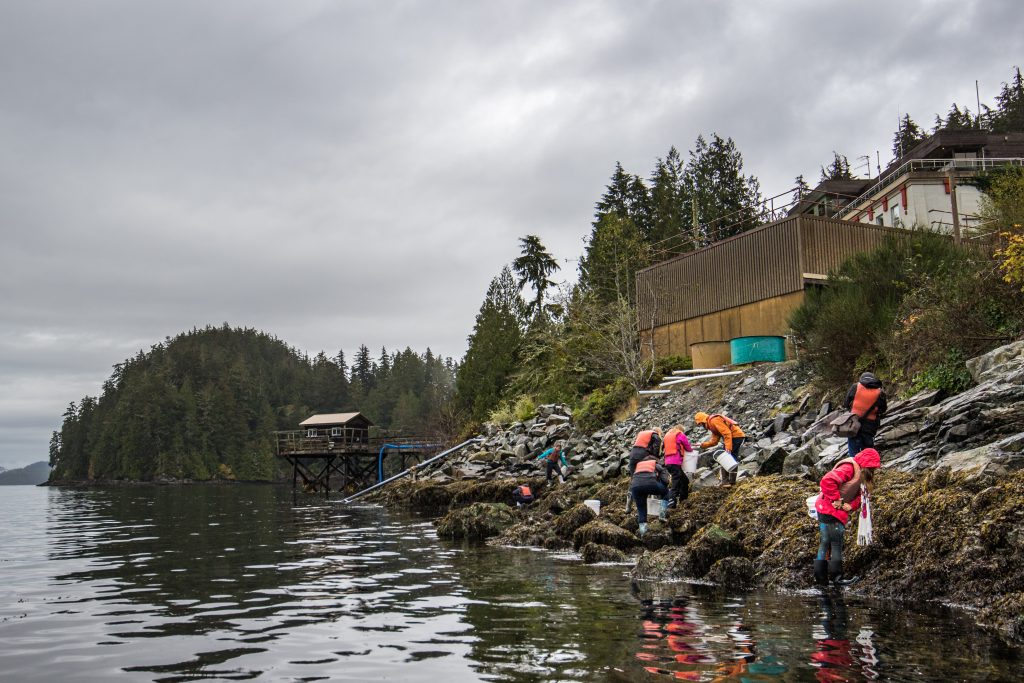Welcome to the EaSEIL Initiative
The Earth Science Experiential and Indigenous Learning initiative, or EaSEIL, is a 3 year-long initiative focused on reimagining, developing, and transforming field-based experiential learning opportunities for students in science and engineering courses at the University of British Columbia.
Animated video (above) describing an overview of the EaSEIL initiative.
who?
EaSEIL partners with instructors, students, and staff from across multiple programs, departments, faculties, and offices at the University of British Columbia (UBC), as well as community members.
Our funding partners are:
WHAT?
The initiative creates a capacity building space, a Community of Practice to:
- Incorporate Indigenous histories, contemporary perspectives, Knowledges, and ways of knowing into science and engineering curriculum.
- Increase accessibility of and inclusive practices in field-based learning opportunities, including the use of digital experience technologies.
- Integrate interdisciplinary and systems thinking approaches into field-based activities.
how?
Through our community of practice model, members engage in regular individual & collaborative reflection, learning, and production activities to advance curriculum development efforts.
Using students as partners models, EaSEIL fosters students’ sense of belonging and enriches their identity development as disciplinary experts by amplifying their perspectives, experiences, and needs in Community of Practice discussions and resource development.
EaSEIL strives to foster engagement and partnership with Indigenous communities for field-based learning curriculum development. EaSEIL is developing and evaluating a 3-Tier Indigenous Engagement Model
Taking Action on UBC’s Indigenous Strategic Plan
EaSEIL takes action on UBC’s Indigenous Strategic Plan (Goal 4, Actions 15, 16, 17)* and aims to improve field-based teaching and learning while maintaining a respectful engagement with the Land.
Through our efforts we commit to:
- Reflecting on teaching practices, learning and developing meaningful paths to expand students’ knowledge and respect for the Land they will be working on.
- Providing faculty and students opportunities to think deeply about the intersection between their disciplines and Indigenous perspectives, Knowledges, ways of knowing, contemporary perspectives, histories, and/or principles of community-engaged field work.
- Working towards building reciprocal and respectful relationships with community partners.
EaSEIL’s work supports action on critical elements in the UBC 2018-2028 (Strat. 2, 11, 12, 13, 14, 17), Faculty of Science, and Earth, Ocean and Atmospheric Sciences Strategic Plans; and in the Inclusion Action Plan (Goal 3 a, b; Goal 4 b, e, f, g).
Photo Footnotes
Asterisks Footnotes
*Also connected to the Truth and Reconciliation Commission Calls to Action (62ii and 63iii,iv)



